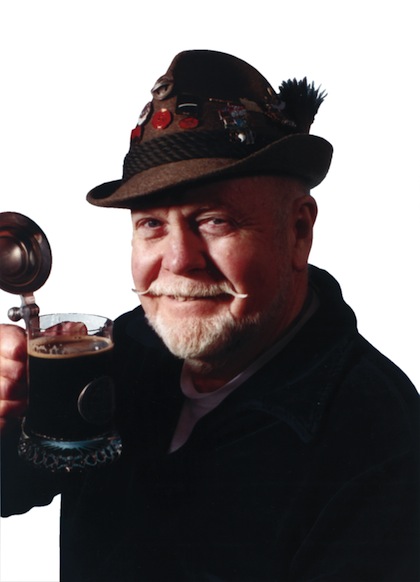Our nation had existed only 200 years, but 1976 was a banner year for American brewing. That’s the year the craft-brewing revolution began. Or was it?
By 1975, we all knew that American beer was in trouble because it was getting thinner and more yellow.

OK, maybe it was 1965, when young Fritz Maytag took over Anchor Brewing (24th-ranked in the U.S.), America’s smallest then-failing brewery. He built his flagship brand—San Francisco Steam Beer—into what has become a world-class beer. Maytag is clearly the father of the Craft Beer movement within the U.S.
Or was it 1967? That’s when serious degradation of American beer really began with the introduction of low calorie, so-called “Light/Lite” beer. American beer became completely bastardized, with water as the super ingredient, to the detriment of malt and hops. Dark beer and ale beer began to disappear from market shelves.
Or was it 1970? The CAMRA (CAMpaign for Real Ale) began in England in 1970, as British beer lovers were alerted to the fact that their large brewers—the “Big Six”—were copying their American counterparts: buying small breweries and doing away with many long-time favorite British beers. The beloved British “cask-conditioned” real ales were gradually being phased out. This was the beginning of what became parallel brewing revolutions in the U.S., Canada and Britain—and it had a big effect on beer drinkers in those countries. CAMRA spurred a young Michael Jackson to begin writing about the wonders of world beer, culminating in his book A World Guide to Beer. That volume spurred wide interest across the U.S., Canada and Britain about the spectacular gift of our ancestors—the world’s great beer styles.









